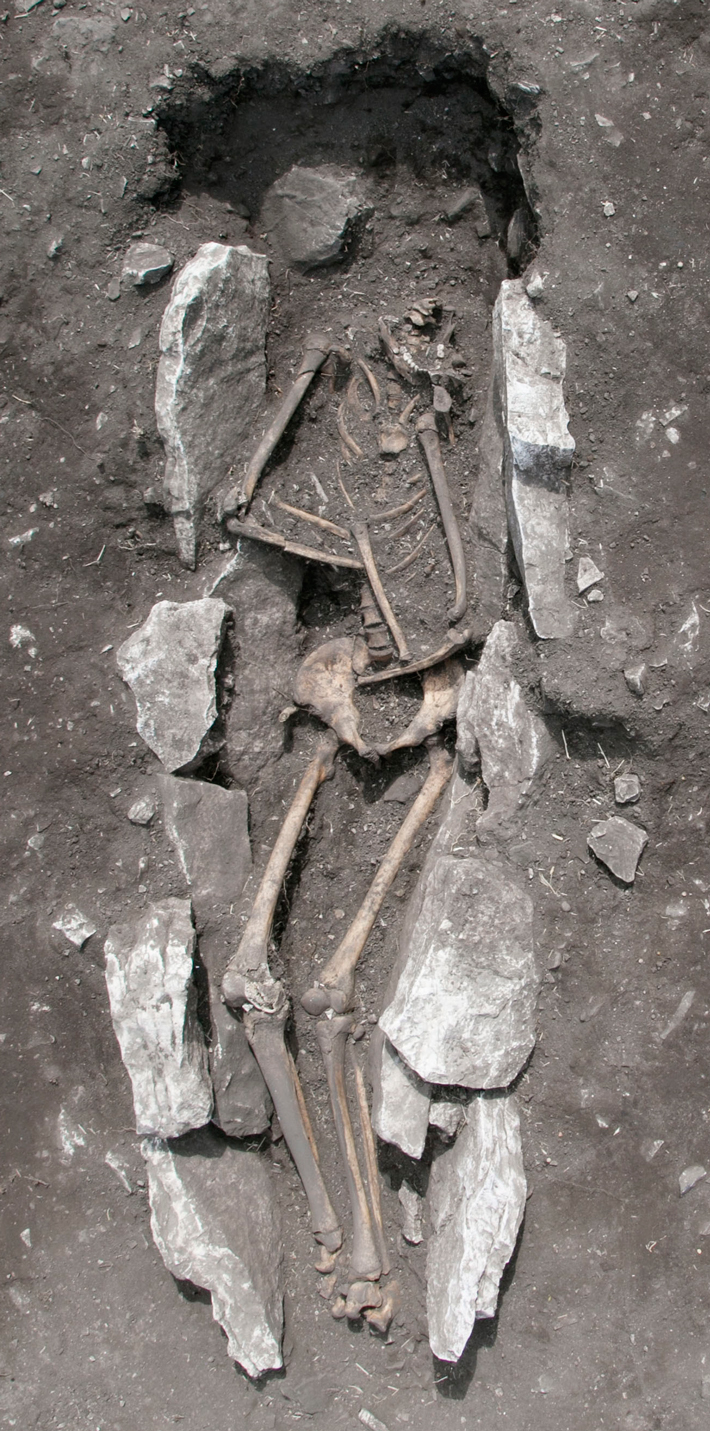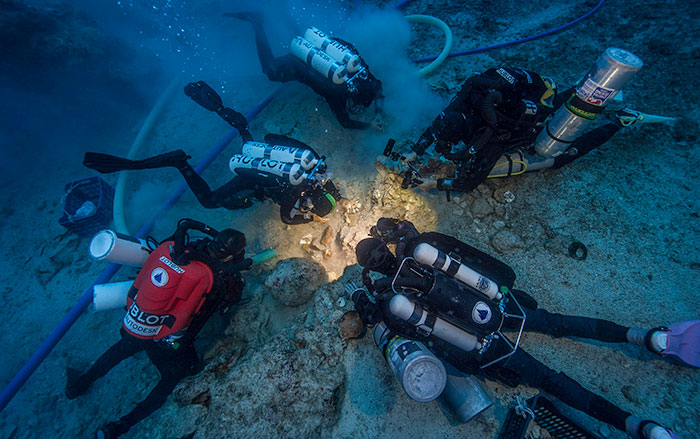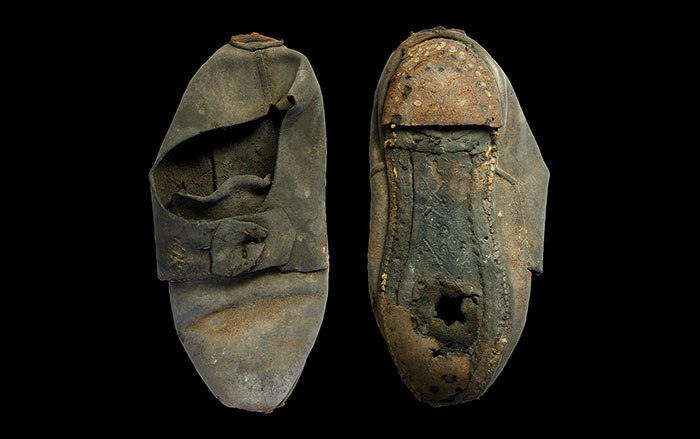
Archaeologists working near the purported birthplace of Zeus on Mt. Lykaion recently made an eerie and unexpected discovery. Over the past decade, a Greco-American team from the Mt. Lykaion Survey and Excavation Project has been investigating the Sanctuary of Zeus, one of ancient Greece’s most mysterious and sacred locales. Near the mountain’s summit there is a massive ash mound, 100 feet in diameter, that served as a sacrificial altar from the sixteenth to the fourth centuries B.C. In the past, archaeologists there had discovered tens of thousands of animal bones, mostly from sheep and goats, which were slaughtered as part of religious rituals. However, the most recent excavations also uncovered a human burial dating to the eleventh century B.C. among the animal remains. The adolescent individual was missing part of his skull, but was otherwise carefully laid out in a stone-lined grave. The discovery is intriguing because several ancient Greek writers, including Plato and Pausanias, mention human sacrifice occurring on Mt. Lykaion. According to project codirector David Gilman Romano, detailed examination of the skeleton is under way to determine whether there is any evidence of this practice. “The find is significant,” he says, “since it is the first example of human bones to be discovered at what is confirmed as a sacrificial altar to Zeus, where thousands of animal sacrifices were made in antiquity.”










